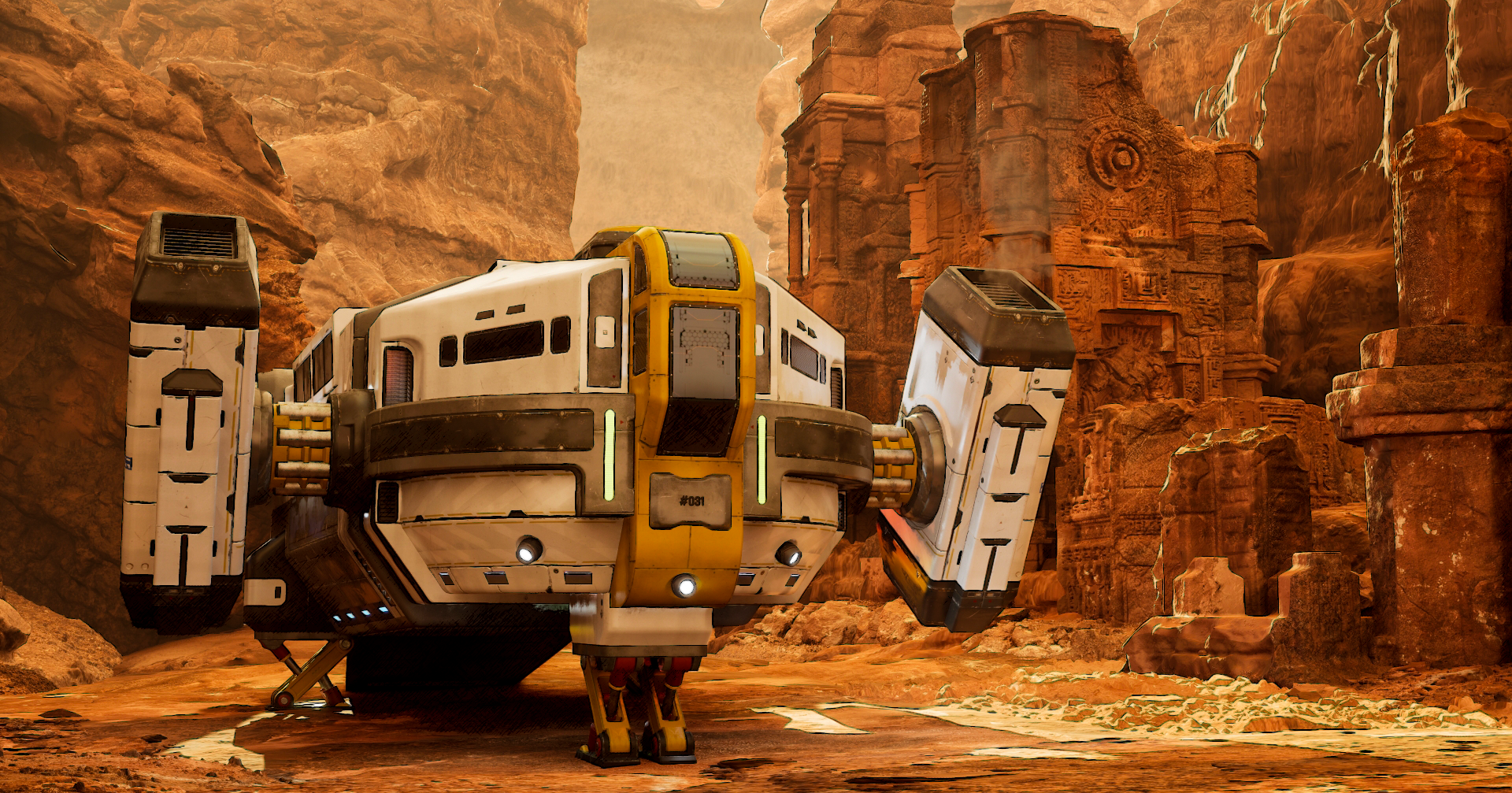Major Characters in Transmedia Stories
The major characters drive the plot through its twists and turns and move the story forward. The major characters fill a variety roles (Phillips & Huntley, 1996, pp. 36-38): Protagonist: The protagonist is the main character role in a story and drives the action. The protagonist will have a goalContinue Reading
Character Roles & Selection in Transmedia Stories
Where the character archetypes provide a framework that begins to describe who the characters are and what that drives them, the character roles describe the relationships between the characters. Character roles fall into three categories (Card, 1988, p. 59): Walk-on and placeholder characters: The walk-on and placeholder characters exist in theContinue Reading
Story Timeframes & Sub-Stories
Timeframe of Story A story has a temporal dimension that is created by changes that put the story into the “flux of history” (Ryan, Storyworlds Across Media, 2011). A story’s temporal dimension (story time) exists within storyworld time. See the three-part post on storyworlds – Part 1, Part 2, and PartContinue Reading
Plot Types for Transmedia Narratives
A plot is a cause-and-effect chain of relationships that unify the actions, behaviors, and events in a story. McKee describes plot as the “writer’s choice of events and their design in time” (McKee, 1997, p. 43). He adds that plot provides an “internally consistent, interrelated pattern of events that move throughContinue Reading
Story Mode & Point-of-View for Transmedia Narratives
Story Mode The story mode refers to how the story relates to the audience during its presentation. There are two story modes: Representational: In representational mode everything is expressed from the point of view of a character in the story and the author never addresses the audience. The story isContinue Reading
Story Structures for Transmedia Narratives – Part 2
One of the biggest challenges of transmedia narratives is developing a story structure that fits a linear narrative into a non-linear transmedia framework. Fragmenting a story across multiple platforms won’t work for most members of the audience (Norrington, 2010). When designing the structure of transmedia narratives, it is important to maintainContinue Reading
Story Structures for Transmedia Narratives – Part 1
One of the biggest challenges of transmedia narratives is developing a story structure that fits a linear narrative into a non-linear transmedia framework. Fragmenting a story across multiple platforms won’t work for most members of the audience (Norrington, 2010). When designing the structure of transmedia narratives, it is important to maintainContinue Reading
Starting a Transmedia Story Design
At the story level, the transmedia author focuses on individual stories rather than the broader storyworld or transmedia project as a whole. At the beginning of the story development process, it is important to identify the story concept, dramatic question, and controlling idea. Story Concept Story emerges from the interrelationshipsContinue Reading
Ontology: Events
Events are a change in the state of an entity such as a setting, character, or an element of the larger storyworld. The elements and properties of events are: Internal: An internal event is a psychological change that occurs in a character, typically as a result of an interaction withContinue Reading
Ontology: Settings
A setting is the backdrop within which a narrative occurs, but it goes far beyond the physical characteristics of a place in which events happen. Settings occur on both the storyworld and individual story levels. Settings at both levels are similar, but are differentiated by scope and the level ofContinue Reading
